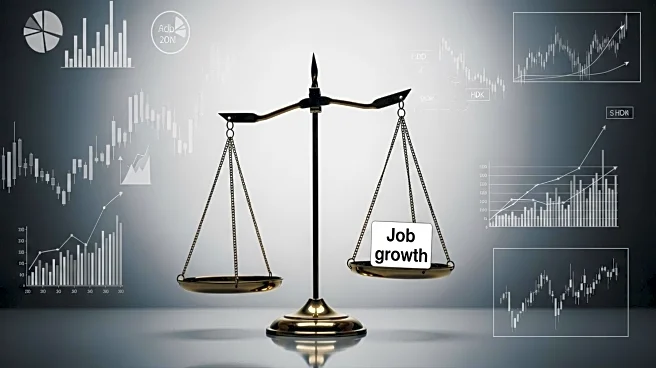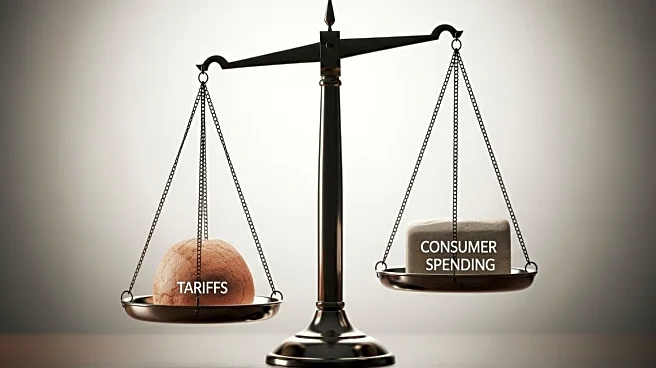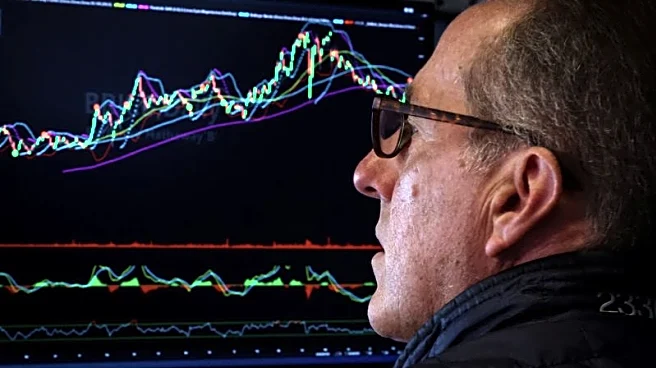What's Happening?
The US labor market is expected to show modest job growth, with nonfarm payrolls projected to add 93,000 jobs, a slight improvement from July. Local government, leisure and hospitality, and construction sectors are anticipated to drive hiring. The appetite for workers has diminished as companies focus on containing costs amid higher import duties. Separate data is expected to show a decline in July job openings, marking one of the lowest levels since 2021. Federal Reserve officials, including regional bank presidents, will provide comments ahead of the jobs report, which will be crucial for the Fed's September policy meeting.
Why It's Important?
The anticipated slowdown in job growth reflects broader economic challenges, including trade imbalances and higher import duties. The Federal Reserve's upcoming policy meeting will be influenced by the jobs data, with some officials advocating for an interest-rate cut due to sluggish hiring. The labor market's performance is a key indicator of economic health, and the Fed's decisions will impact borrowing costs and inflation. The outcome of the meeting could have significant implications for businesses and consumers, affecting spending and investment decisions.
What's Next?
The Federal Reserve will closely analyze the jobs data to determine its policy stance. If job growth remains subdued, the Fed may consider an interest-rate cut to stimulate the economy. Investors and businesses will be watching for signals from Fed officials regarding future monetary policy. The administration's response to trade imbalances and tariffs will also be crucial in shaping economic conditions. The Fed's Beige Book, released on Wednesday, will provide additional insights into the economy's performance.












